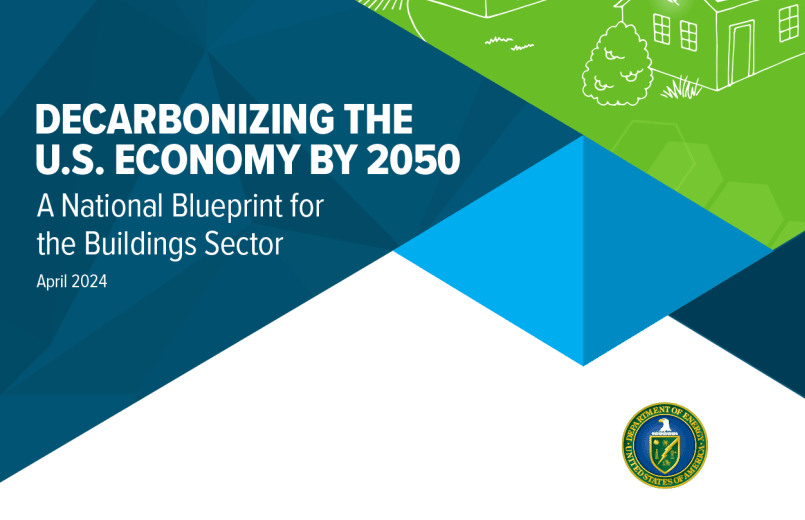6 Common Brick Maintenance Mistakes to Avoid
Bricks are known for their durability, but they still require regular maintenance, especially in older homes with brick chimneys or masonry that may need restoration. Properly maintaining and restoring bricks is crucial, as incorrect methods can cause more harm than good, leading to costly issues and compromising the overall condition of the brickwork. To ensure successful brick restoration and maximize the lifespan of your brickwork, it’s important to avoid these six common brick maintenance mistakes.
Neglecting Regular Cleaning
Regular cleaning is essential to keep your brick structures looking their best and prevent damage. Over time, dirt, dust, and debris can accumulate on brick surfaces, making them appear dull and potentially causing harm. It’s crucial to clean your brick structures regularly using gentle methods, such as soft-bristled brushes, to remove dirt without causing damage.
Using Harsh Cleaning Solutions
Using random cleaning solutions for your bricks can have unintended consequences. Harsh formulas, such as acidic or abrasive cleaners, can strip away the protective sealant on the brick, leading to deterioration. It’s important to use mild, neutral pH cleaners specifically designed for cleaning brick surfaces to avoid causing damage.
Ignoring Efflorescence
Efflorescence, the appearance of white and powdery deposits on brick surfaces, is a common issue. It can be an eyesore and indicate improper drainage. Stay vigilant and address efflorescence promptly. Use appropriate cleaning methods to remove it and prevent its recurrence. Note that efflorescence occurring during the first year after construction is natural and not a cause for concern.
Skipping Waterproofing
Skipping waterproofing is a significant mistake in brick maintenance. Bricks are porous materials, and without proper sealing, they can absorb moisture and become vulnerable to damage from freeze-thaw cycles, especially in harsh weather conditions. Apply a high-quality brick sealer to protect your brick structures from water damage and efflorescence.
Overlooking Repointing
Repointing is a crucial process in brick restoration that involves replacing damaged or deteriorated mortar joints holding the bricks together. Over time, mortar joints can wear out, crack, or crumble due to weathering, age, or poor maintenance. This compromises the stability of the entire brickwork and allows water penetration, leading to further damage. Addressing these issues promptly is necessary to prevent costly repairs.
Delaying Repairs
Delaying repairs for cracks, gaps, or other signs of damage in your brickwork can result in more significant problems and increased expenses over time. Ignoring these issues may indicate underlying structural problems. Take timely action to address the damage and prevent further deterioration, thus avoiding higher repair costs in the future.
Brick restoration is a specialized skill that requires expertise and experience. For trustworthy advice on proper brickwork care, visit Ernest Maier and reach out to us for expert guidance and assistance. Our team is dedicated to helping you maintain and preserve your brickwork for long-lasting durability.

VP of MasonryTed Kelly
Latest News
4 Features That Makes Masonry Supply Company Stand Out
A masonry supply company plays a crucial role in the success of construction projects, providing essential materials and expertise to […]

Choosing The Right Size Lintel For Your Project
Determining the correct size of a lintel is critical for the stability and longevity of your construction project. A lintel […]

Data Misses on Embodied Carbon
There is significant urgency to avoid, reduce, or even reverse the emissions of greenhouse gases (CO2e) to avoid the worst […]

4 Masonry Tools You Should Have At Home
Effective and efficient masonry work, whether for repairs or new projects, requires the right tools. At home, having a basic […]
